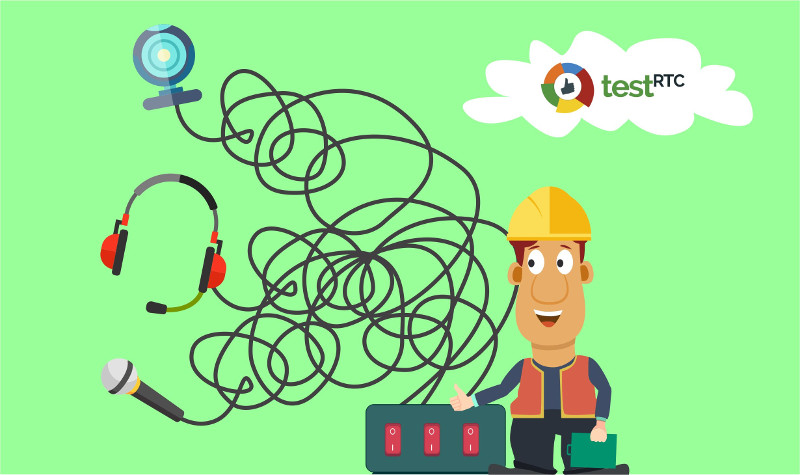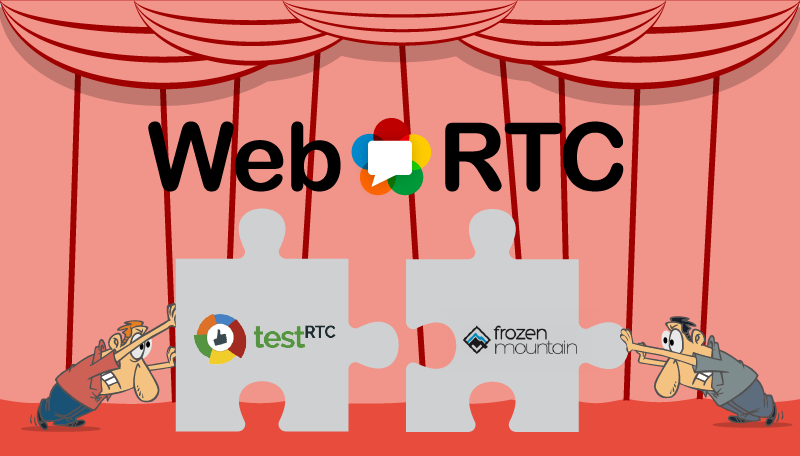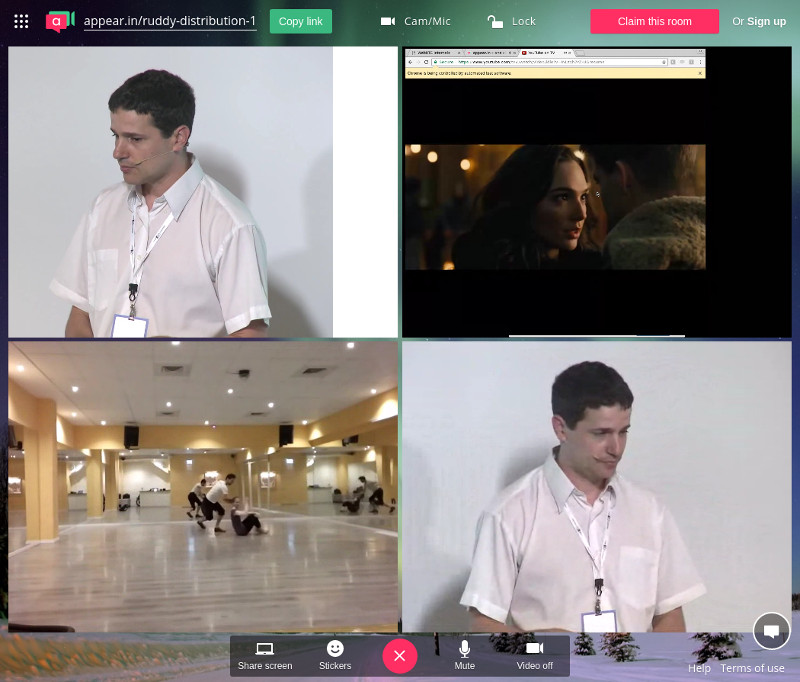Philipp Hancke is not new here on our blog. He has assisted us when we wrote the series on webrtc-internals. He is also not squeamish about writing his own testing environment and sharing the love. This time, he wanted to share a piece of code that takes device availability test automation in WebRTC to a […]
Guess what? We’ve partnered with Frozen Mountain. If you are developing a WebRTC application that is self hosted service on your own (AWS, bare metal or whatever cloud or data center), then you’ve got your hands full with work. That work includes a lot in the domain of stress testing the service, trying to size […]
I took part this week in Twilio’s Signal event in London. As with the previous Signal event I attended, this one was excellent (but that’s for some other post). Twilio were kind enough to invite me to talk at their event, which resulted in the recorded session below: In the first part of this session, […]
Yesterday, we hosted a webinar on testRTC. This time, we were really focused on showing some live demos of our service. I wanted this one to be useful, so I sat down earlier this week, working on a general story outline with the idea of showing live how you can write a test script from […]
Here’s a question we come across quite often at testRTC. You decided to self develop your own service. Manage your own media servers. And now that time comes to understand your ongoing costs as well as decide on the scale out scheme – at what point do you launch/spawn a new server to take up […]
OK, this is the moment you’ve been waiting for: there’s a huge surge in traffic on your WebRTC application. Success! You even had the prescience to place all of your web application’s assets on a CDN and whatever uptime monitoring service you use, be it New Relic, Datadog or a homegrown Nagios solution – says […]
Well… this week we had a bit of a rough start, but we’re here. We just updated our production version of testRTC with some really cool capabilities. The time was selected to fit with the vacation schedule of everyone in this hectic summer and also because of some nagging Node.js security patch. As always, our […]
Differently from each other. Whenever I see people comparing WebRTC media servers, they tend to focus on scale: – How many sessions can you cram in parallel? – How many streams can you serve from a single machine? – How much bitrate can you pump out? All of these are very important questions – they […]
This is a guest post by Philipp Hancke. He was kind enough to share the work he’s done already in automating his own WebRTC Safari tests. Now that Apple added WebRTC to its Safari browser, it is time to ask – How do you test WebRTC four browsers on different operating systems? Using Selenium Grid […]
I remember that first time our servers went down after we had a couple of paying customers. We got a call from a customer once. The only thing he wanted was to use our monitoring service. Since I knew him before, and knew he wasn’t interested in our monitoring – I asked him why. I […]









